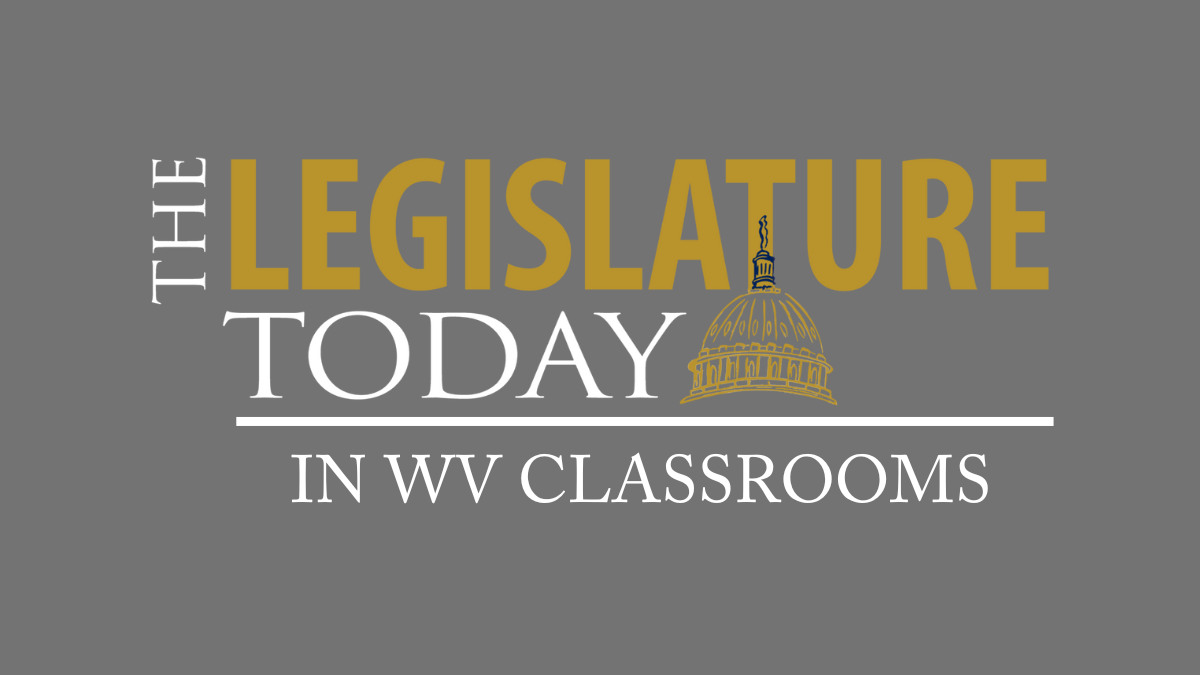Solar Power Hike And A Roller Coaster In Mercer County, This West Virginia Week
Appalachian Power customers may be seeing another price hike, caregivers are under stress, particularly during the holidays, and a new mountain roller coaster is a destination for fun seekers in Mercer County.
Continue Reading Take Me to More News





















